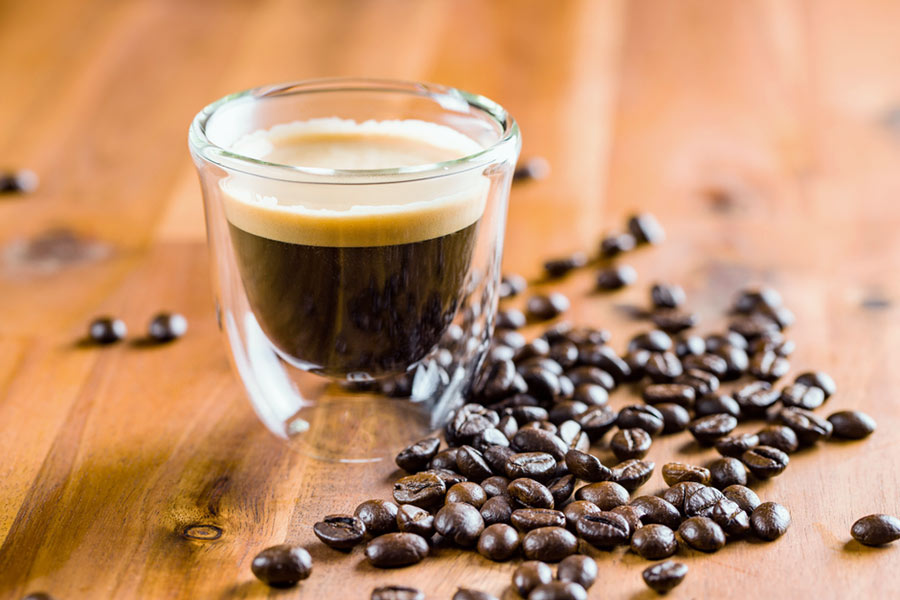The Difference Between Brewed Coffee and Espresso

If there is one thing that most Americans can agree on, it is our deep innate love for our favorite coffee beverages. With coffee shops and chains popping up that appeal to a wide range of personality types, you would be hard pressed to find someone that doesn’t have a preferred go-to local coffee shop. But what about the differences in the actual beverages that we love? Some people are loyal to drip coffee, and others to espresso based drinks like lattes. You might have a favorite between the two, but do you know the difference between regularly brewed coffee and espresso?
Not About The Roast
If you ever walk through the coffee and tea aisle at your local grocery store, you have likely seen all the different roasts with names like Blonde, Medium, Dark, Italian, City, and many many more. You might also see a bag of beans labelled “Espresso.” Seeing these all together, it would be easy to think that espresso beans are just roasted at a specific temperature, setting them apart from other coffee beans. This is actually not the case! It’s actually how you prepare the beans that actually distinguishes brewed coffee from espresso.
The Difference
While the coffee beans themselves do not make the difference between drip coffee and espresso, the preparing process absolutely does. For instance, when grinding the coffee beans, espresso requires a much finer blend than your typical drip coffee. However, you have to be careful not to make it too fine, as overly ground beans will cause your espresso to have a bitter flavor to it. After you have your grounds ready, an espresso machine (which you have likely seen at any coffee shop you have visited) will run highly pressurized hot water over the compacted coffee grounds. This will quickly create a shot sized cup filled with a serving of espresso. The process is much quicker than waiting for your pour over coffee to brew, and while you get more drip coffee, there is more caffeine in a smaller concentrated amount. For instance, a 12 oz cup of coffee will have a little more caffeine than a 1 oz shot of espresso, but you probably couldn’t (and probably shouldn’t) stomach the caffeine from a 12 oz cup of straight espresso.
The Crema
When the espresso shot is made, one major indicator of its quality is evident by the crema. This is a layer of foam at the top of the glass, similar to draft beer. This foam is developed because when the highly pressurized liquid hits the glass from the machine, it starts to return to a normal pressure, and since the liquid can’t maintain the remaining gas, it manifests in the form of small bubbles at the top. The state of the crema can also tell you how freshly roasted the coffee beans are. The fresher the roast is, the more crema you will have on your espresso shot, and the older the roast, the less bubbles you will see. The same goes for the color of the foamy substance. Darker crema usually signifies a stronger espresso!
While there are stark differences between the two, we do not discriminate between drip and espresso beverages. We believe all forms of coffee are created equal, so come get your favorite today!
Comments
Post a Comment